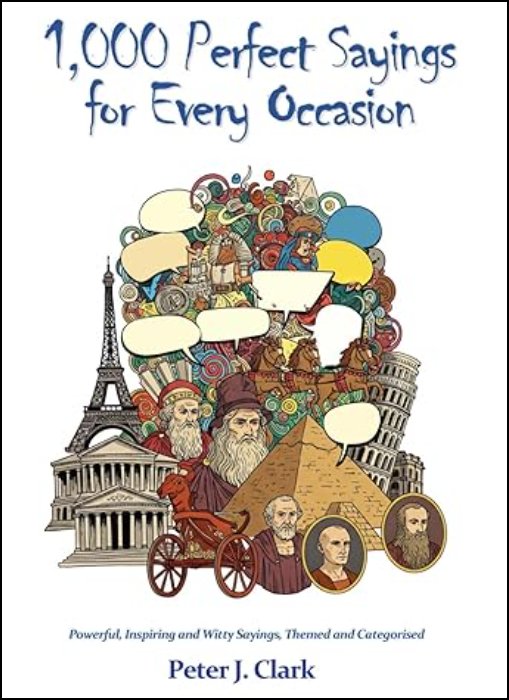Natural Segmentation: Data speaks for itself
Many marketers are frustrated by current targeting methods which are often too blunt to achieve significant results, according to Guillermo Christen, VP of Product & Engineering for Intent HQ, who here examines whether it's time to rethink traditional methods of segmenting customers.
Typically decisions are based on demographic information - or perhaps combined with CRM and transaction data. Sometimes focus groups or surveys add extra detail. However, most strategies are still based on elements of presumption and sweeping conclusions.
There's a tendency to fit consumers or users into broad segment categories, to meet marketing goals. Labels such as "digital natives" or "young professionals" are useful descriptions but they omit any granular information about the individuals behind them, or any clue about personality and preferences. After all, a male young professional, for example, might be interested in extreme sports and Mexican food - but, just as easily he could be into interior design and classical music.
Because of this lack of precision, often businesses end up targeting multiple segments in fear of missing out. However, in doing this they run the risk of diluting the brand and failing to appeal to any one segment enough to clinch a sale. Some businesses may also try to generate larger segments rather than identifying those with a predisposition to purchase, so wasting effort and resources.
Once defined, conventional segments tend to remain static - whereas customer behaviour changes over time, due to external factors such as personal circumstances or even the weather. Some changes - for example, growing affluence - are slow and steady. However, others such as a customer's intent, alter fast and frequently. As customers move between situations and states, businesses often struggle to maintain accurate profiles.
The ability to demonstrate value is a vital part of every marketing function. However, the success of standard segmentation is difficult to measure and despite the efforts that the definition of these target groups may have involved (surveys, focus groups and so on), showing return on investment remains a challenge.
So what if the whole concept of segmentation is turned upside down? Suppose that instead of enforcing segments on a complex and dynamic market, there was an alternative to enable segments to form in a natural and organic way?
Today, the availability of greater computing power, combined with breakthroughs in machine learning has been turning segmentation on its head. New technology is emerging which takes a huge leap beyond what has previously been possible. It finds hidden connections between people, based on needs, interests and affinities.
These new methods use three core data types:
- Behavioural interest data taken from online topics and articles viewed - for understanding intent.
- Social data taken from social logins - for understanding a person's core interests and affinities.
- Demographic or existing customer data such as CRM, purchase or subscription information.
Intent HQ combines this data with a 'Topic Graph' - a highly-interconnected dataset that reveals the relationships between millions of topics - and then applies various algorithms to identify underlying patterns and trends that can be used to characterise the whole dataset. "Clusters of interests begin to appear naturally and, using models that detect convergence effectively, we are able to identify naturally occurring segments," explained Christen.
This is called natural segmentation because of the organic way the segments form or manifest without human influence. As data is based on a combination of 'needs' and 'interests' as well as actions, it is possible to develop a more complete and human-like view of the customer. It's a dynamic model which is continually refined by new information from both behavioural and social sources. In other words, unlike traditional segmentation, it adapts to constant change.
Natural segmentation has significant benefits for scheduling content and a publisher or broadcaster's ability to maximise the advertising opportunities around their content. It can also help brands and retailers deeply understand what their customers want, need and will ultimately purchase.
For example, the company recently helped Sky Italia to achieve a 950% uplift in its offer redemption rate by using a social login on its Masterchef site to collect social profile data and match this to a user's SKY ID. This was then analysed and an 'interest fingerprint' created for each user. The company then identified the hidden affinities or relationships in the data and used them to find natural segments of Sky users who shared similar interests. The result was then compared to take-up of a control group to confirm the impact of our methods.
This work shows that once natural segmentation is achieved, publishers or brands can deliver real moments of relevance on a personal level for their customers. This leads to vastly more targeted marketing and ultimately increased sales and improved loyalty.
It can also help match products and services to interests, likes and guilty pleasures. The results are so accurate that, natural segmentation could even change the way consumers perceive online advertising and targeted content.
"Brands and publishers that find ways to understand their customers behaviours, personalities and intents will truly be the ones to succeed in today's marketplace where personalisation holds the key," concluded Christen.
Sources: Intent HQ / The Marketing Factbook.
Copyright © 2015 - 2025 The Marketing Factbook.
Categorised as:
- Customer Experience
- Customer Loyalty
- Knowing The Customer
- Marketing Know-How
- Marketing Technology
